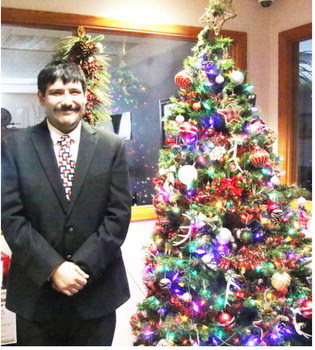Heavy Volume Of ARPA Water, Sewer Applications Underscore Importance Of Long-Term Investments
The state announced last week it received more than 300 applications for the first round of American Rescue Plan Act water and sewer grants. There were 320 total applications submitted by eligible government entities totaling $919.7 million.
“The sheer volume of applications for water and sewer grants underscores the importance of applying ARPA funding toward responsible, long-term investments which the state has not made before,” Montana Gov. Greg Gianforte said.
Officials with the Montana Department of Natural Resources and Conservation are reviewing applications for eligibility and will rank them before they move to the Infrastructure Advisory Committee for consideration. The governor will grant the final awards.
A breakdown on the first round of ARPA water and sewer grant applications by government type, some of which submitted multiple applications, follows:
•98 cities
•66 water and sewer districts •63 towns
•32 state agencies
•25 counties
•16 irrigation districts
•Seven water use associations •Six consolidated city/ county governments
•Four regional water authorities •Two school districts
•Two conservation districts
•One other local government Through HB 632, the governor and legislature prioritized necessary improvements to water and sewer infrastructure by setting aside over half of its State Fiscal Recovery Funds, totaling $906 million.
Grants are designed to help communities address the most urgent health and safety issues related to drinking water and wastewater systems. Local governments which received direct ARPA dollars can also choose to use those funds on water and sewer infrastructure. By creating these grant programs, the legislature and Gianforte asked Montana communities to help prioritize those investments. The Infrastructure Advisory Committee has indicated there will likely be a second round of water and sewer grants.
ARPA State and Local Fiscal Recovery Funds are designed to invest in an array of: drinking water infrastructure projects, such as building or upgrading facilities and transmission, distribution, and storage systems, including the replacement of lead service lines; or wastewater infrastructure projects, including constructing publicly owned treatment infrastructure, managing and treating stormwater or subsurface drainage water, facilitating water reuse, and securing publicly owned treatment works.


